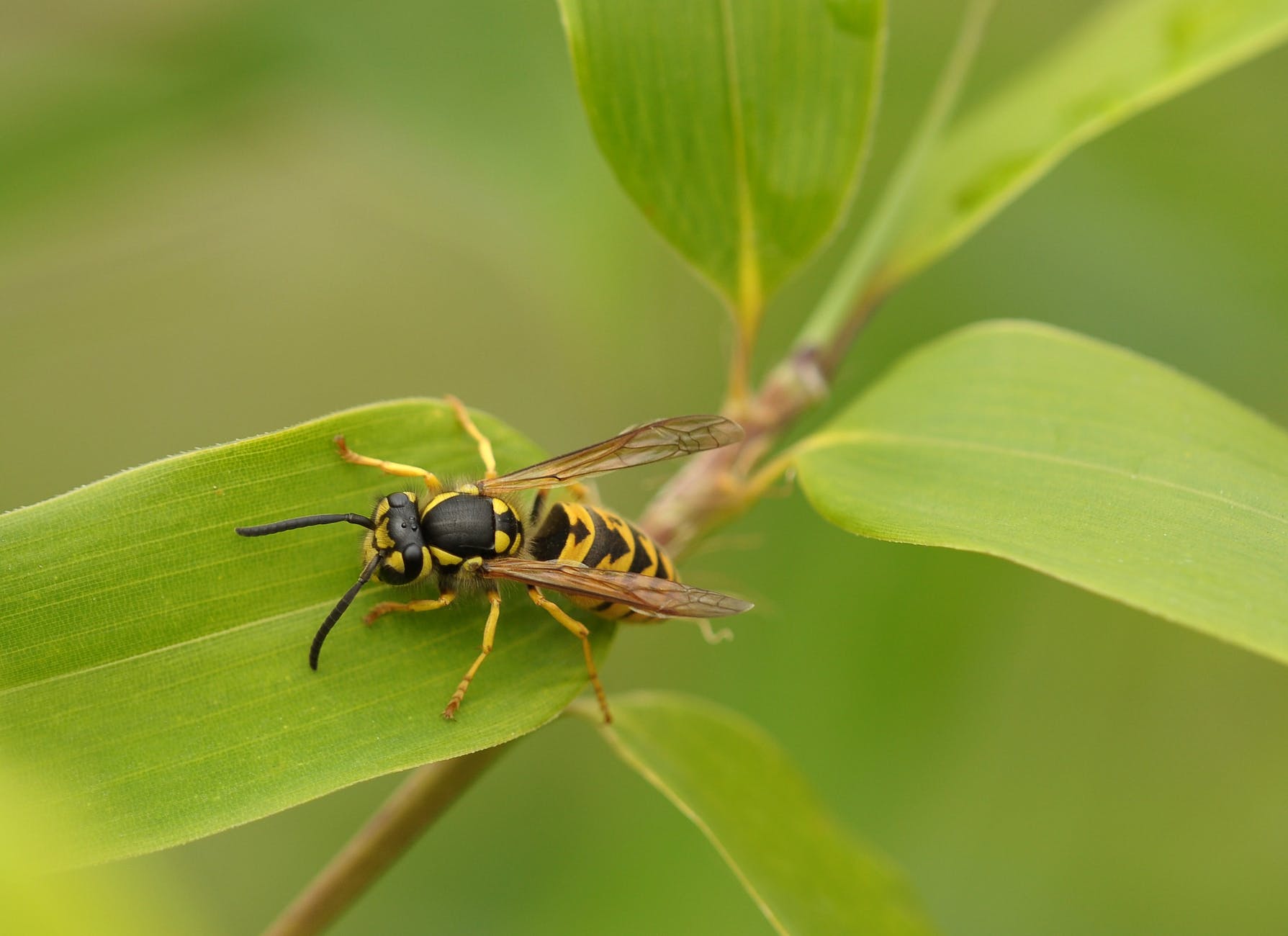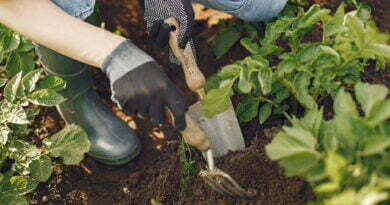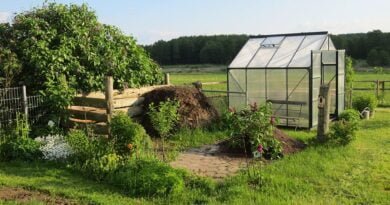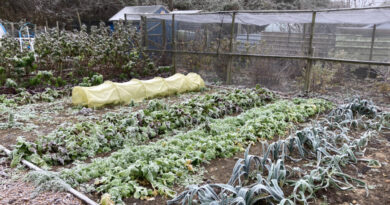A Comprehensive Guide to Allotment Pests: Identification, Prevention, and Control
Welcome to the comprehensive guide on allotment pests! As an allotment owner, you’re likely familiar with the joys and challenges of growing your own fruits, vegetables, and flowers. However, along with the satisfaction of nurturing your plants, you may also encounter unwanted visitors in the form of pests. These pesky creatures can cause damage to your crops, disrupt the harmony of your allotment, and test your gardening skills.
In this guide, we will explore the world of allotment pests, providing you with the knowledge and tools to identify, prevent, and control common pests that may infest your beloved plants. From insects and slugs to fungal diseases and rodents, we’ll cover a wide range of adversaries that can affect your allotment.
Understanding the types of pests and diseases that can invade your allotment is crucial for effective pest management. By learning to identify these culprits, you can take proactive measures to protect your plants and minimize their impact. We will delve into the characteristics and behaviors of various pests, enabling you to recognise the signs of infestation early on.
Prevention is always better than cure, and we will explore strategies for preventing pest problems in your allotment. From implementing good cultural practices to creating physical barriers and using organic pest control methods, you’ll discover a range of preventive measures to safeguard your plants and maintain a healthy allotment ecosystem.
Sometimes, despite our best efforts, pests manage to infiltrate our gardens. When this happens, it’s important to know how to effectively control and manage infestations. We will discuss various methods of pest control, including biological controls, organic insecticides, and integrated pest management techniques. It’s essential to strike a balance between protecting your plants and preserving the overall health of your allotment.
Remember, pest management on your allotment is an ongoing process that requires observation, vigilance, and adaptability. Each pest encounter is an opportunity to learn and refine your gardening skills. By arming yourself with knowledge and implementing appropriate strategies, you can ensure the well-being of your plants and maintain a thriving allotment.
So, let’s embark on this journey of understanding, prevention, and control as we navigate the world of allotment pests together. By the end of this guide, you’ll be equipped with the tools and techniques to effectively manage pests, safeguard your plants, and enjoy the fruits of your labor in a pest-free allotment.

- Slugs and snails:
Slugs and snails are common pests that can wreak havoc on young plants. They are most active in wet and damp weather conditions and can be particularly destructive to seedlings and young plants.
To control slugs and snails, you can use a variety of methods. One effective way is to create barriers around your plants, such as copper tape or eggshells. These materials create a barrier that slugs and snails cannot cross. You can also use organic slug pellets, which are safe for pets and wildlife, or use beer traps to attract and drown slugs and snails.
- Caterpillars:
Caterpillars are the larvae of moths and butterflies and can be a major problem for plants. They can strip leaves and destroy crops, and they can be difficult to control once they have established themselves on your plants.
One effective way to control caterpillars is to encourage natural predators, such as birds and hedgehogs, to your allotment. You can also use natural insecticides, such as Bacillus thuringiensis, which is a bacteria that is toxic to caterpillars but safe for other wildlife.
- Aphids:
Aphids are small, soft-bodied insects that can cause damage to plants by sucking sap from the leaves and stems. They can multiply quickly and infest entire plants in a matter of days.
To control aphids, you can use natural predators, such as ladybirds and lacewings, or you can use a mild soap solution to wash the aphids off the plants. You can also use organic insecticides, such as pyrethrum, which is made from chrysanthemum flowers.
- Birds:
Birds can be a problem for allotment gardeners, as they can eat young plants and fruits. However, it’s important to remember that birds are also beneficial to the garden, as they eat insects and other pests.
To protect your plants from birds, you can use bird netting or fleece. You can also use scare tactics, such as hanging reflective tape or CDs around your plot, to deter birds from entering.
- Moles and voles:
Moles and voles are burrowing rodents that can damage crops by creating tunnels and digging up plants. They are most active in the winter months and can be difficult to control once they have established themselves in your plot.
To control moles and voles, you can use traps or repellents. There are several types of traps available, such as mole traps and vole traps, which can be effective in controlling the population. You can also use natural repellents, such as castor oil, which can make the soil unattractive to these rodents.
- Rabbits:
Rabbits are common pests that can cause damage to crops by eating plants and digging up soil. They are most active in the early morning and evening and can be difficult to control once they have established themselves in your plot.
To control rabbits, you can use physical barriers, such as fences or rabbit netting, around your plot. You can also use natural repellents, such as human hair, which can deter rabbits from entering your plot. Additionally, you can use scent repellents, such as predator urine, which can create a natural deterrent for rabbits.
- Deer:
Deer can cause significant damage to crops by eating plants and rubbing their antlers on trees and shrubs. They are most active in the early morning and evening and can be difficult to control once they have established themselves in your area.
To control deer, you can use physical barriers, such as high fences or deer netting, around your plot. You can also use scent repellents, such as predator urine, which can create a natural deterrent for deer. Additionally, you can use motion-activated sprinklers, which can startle and deter deer from entering your plot.
- Rodents:
Rodents, such as rats and mice, can cause damage to crops by eating plants and burrowing in soil. They are most active in the winter months and can be difficult to control once they have established themselves in your area.
To control rodents, you can use traps or bait stations, which can be effective in reducing the population. You can also use natural repellents, such as peppermint oil or dried chili flakes, which can create a natural deterrent for rodents. Additionally, you can ensure that your plot is kept clean and free of debris, which can attract rodents.
- Bees and wasps:
Bees and wasps can be beneficial to your allotment by pollinating your plants. However, they can also be a nuisance and can be dangerous for people who are allergic to their stings.
To control bees and wasps, you can use natural repellents, such as peppermint oil or citronella, which can create a natural deterrent. Additionally, you can ensure that any food or drink is kept covered and that garbage is disposed of properly, as these can attract bees and wasps.

There are several pests that can affect your allotment, but there are also several ways to control them. By using a combination of natural methods, such as physical barriers and repellents, and monitoring your plot regularly, you can keep your allotment healthy and productive. It’s important to act quickly if you notice any signs of infestation, as pests can quickly spread and cause significant damage to your crops. With some planning and preparation, you can enjoy a bountiful harvest from your allotment.




